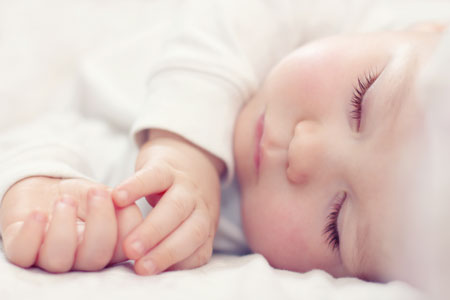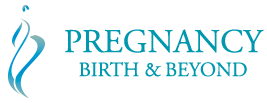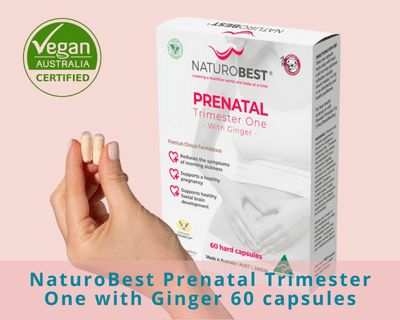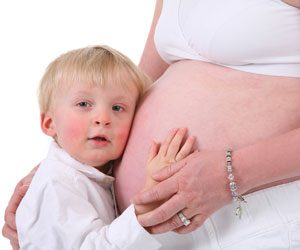 Have you ever wondered how the ovulation cycle works? When you’re born, your ovaries already contain all the eggs you’ll ever have. At birth you have about 300,000 eggs. Ovulation is what happens when one egg (or ovum) is released each month.
Have you ever wondered how the ovulation cycle works? When you’re born, your ovaries already contain all the eggs you’ll ever have. At birth you have about 300,000 eggs. Ovulation is what happens when one egg (or ovum) is released each month.
In the lead up to ovulation, the ovary develops about half a dozen follicles, or tiny fluid-filled sacs. Each contains an immature egg. Usually one follicle – the fastest and healthiest one to develop – becomes the dominant follicle. It alone continues to mature and releases its egg.
Once it’s released, the egg is drawn into the open end of the fallopian tube and pushed along towards the uterus (womb). It then dies within 24 hours, unless it meets up with sperm.
The phases of the ovulation cycle
There are two phases in the ovulation cycle. Both depend on a complex interaction between the hormones involved. The first is the follicular phase. This phase starts on the first day of menstruation and ends with ovulation. After ovulation comes the luteal phase. It runs from ovulation until the start of the next period.
Follicular Phase
In the follicular phase of the ovulation cycle, part of the brain called the hypothalamus sends a chemical signal to the pituitary gland, which is also in the brain. The pituitary gland then starts to produce follicle stimulating hormone (FSH). This tells the ovaries to start getting some follicles ready for ovulation. As the follicles develop, they send out another hormone, oestrogen. The high level of oestrogen in your body tells the hypothalamus and pituitary gland that a mature egg is ready.
Luteal Phase
In response, the pituitary produces a large burst of luteinising hormone (LH), causing the egg to burst out. Ovulating kits work by picking up this spike in LH. It gives you a heads-up that ovulation will soon occur – within 1 to 2 days.
Because an unfertilised egg dies within about a day of being released, couples trying for a baby need to have sex in the days before ovulation. In an average-length cycle, this means starting from the ninth day after your period starts. Then the sperm will be ready and waiting for the egg to reach the uterus.

When ovulation occurs
We start counting the days of the menstrual cycle from the start of your period. So, your period starts on day 1 of the cycle. Then, if your cycle lasts the average 28 days, ovulation usually happens around day 14. But some women ovulate earlier or later. It can happen anywhere between day 11 and day 21, due to the varying length of the follicular phase.
Unlike the follicular phase, the length of the luteal phase is more consistent. Your period will always arrive 12 to 16 days after ovulation. So, if you ovulate earlier than average, your whole menstrual cycle will be shorter than 28 days. Similarly, if you ovulate later, your monthly cycle with be longer. Stress, some medications, and health conditions can all affect the timing of ovulation.
Signs of ovulation
Around ovulation you might notice changes in your cervical mucus. It increases and becomes clear, slippery and stretchy – like raw egg white. In addition, some women feel a lower abdominal ache (near the ovaries) when they ovulate. You could also have premenstrual-type symptoms. This might include sore breasts, moodiness and abdominal bloating. Some women also have light spotting during ovulation.
After ovulation, you might notice a small change in your basal temperature. It usually rises about half a degree celsius. You can check your basal temperature in bed immediately after waking in the morning.
![]()
Reference List
PBB aims to keep you informed with the latest research-based information. Check out our reference list used in the creation of this article.
Published 21st March 2020




Recent Comments